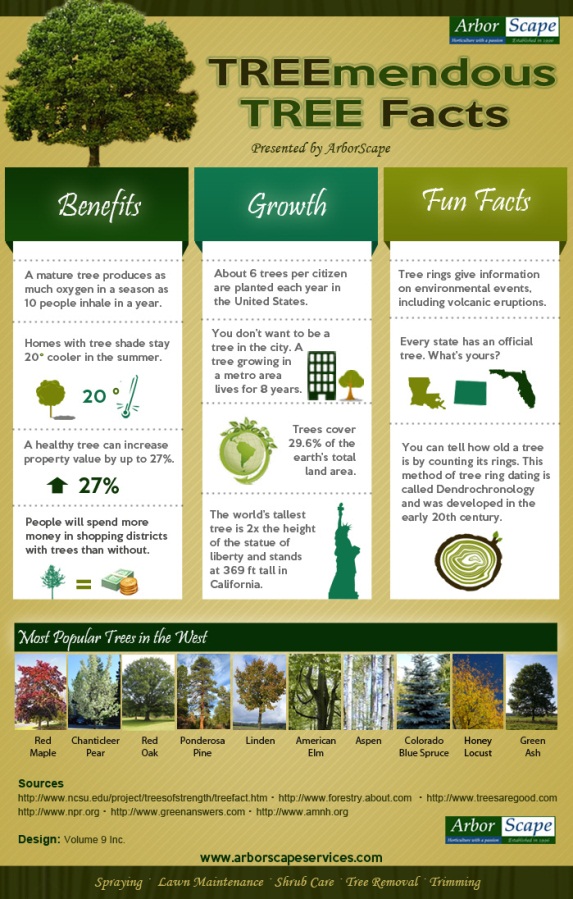The Environmental Implications Of Deforestation: Vital Truths To Be Familiar With
The Environmental Implications Of Deforestation: Vital Truths To Be Familiar With
Blog Article
Authored By-Juarez Cochrane
When it comes to the ecological effect of tree elimination, there are important aspects that demand your attention. From the elaborate web of connections within ecological communities to the succeeding impacts on environment patterns, the repercussions are extensive. You might be shocked to discover the complex methods which the elimination of trees can reverberate throughout the setting. Remain tuned to unravel the intricate connections and effects of this seemingly uncomplicated act.
Deforestation and Environment Loss
Logging and habitat loss are important issues originating from tree removal. When trees are reduced, it interferes with entire ecological communities. Not just are the trees themselves lost, yet the homes and food sources of numerous plant and pet types are ruined too. Birds shed their nesting sites, mammals shed their shelter, and bugs shed their environments. The impacts surge via the food chain, impacting killers and prey alike.
Furthermore, deforestation contributes to climate modification. Trees play a vital function in soaking up carbon dioxide, a greenhouse gas that catches heat in the ambience. With less trees, there's less carbon dioxide absorption, leading to boosted degrees of this gas in the atmosphere and aggravating global warming.
Habitat loss is a straight outcome of logging, as the damage of woodlands indicates the loss of distinct and diverse environments. Many varieties are unable to adapt to rapid changes in their atmosphere, leading to populace declines and, sometimes, extinction.
Protecting woodlands is essential to keeping the fragile equilibrium of nature and making certain the survival of plenty of plant and pet species.
Influence on Biodiversity
The removal of trees has a substantial influence on biodiversity, influencing the selection and abundance of plant and pet types in a location. Trees supply environment and food resources for various microorganisms, from insects to birds to animals. When trees are eliminated, these varieties shed their homes and resources of nutrition, causing a decline in their populations. This disruption can have cascading effects on the entire ecological community.
Furthermore, trees play a critical role in preserving biodiversity by producing microhabitats within their canopies, trunks, and origins that sustain a variety of types. When trees are reduced, these specialized environments are destroyed, lowering the total variety of the location.
Furthermore, the elimination of trees can result in a reduction in genetic variety within plant populaces, as specific tree species may no longer be able to replicate or disperse effectively. Safeguarding trees and forests is vital for protecting biodiversity and making sure the health of communities for future generations.
Soil Disintegration and Climate Adjustment
With trees being removed from an area, the disturbance of dirt structure and stability occurs, leading to raised soil erosion. Trees play an essential function in protecting against erosion by holding dirt in place with their root systems. When trees are removed, especially in large numbers, the soil comes to be a lot more susceptible to erosion from wind and water. This disintegration not just impacts the instant environments but can additionally bring about sedimentation in close-by water bodies, influencing water quality and marine environments.
Furthermore, trees aid control the environment by absorbing co2 during photosynthesis. When trees are lowered, this all-natural carbon sink is diminished, contributing to boosted levels of greenhouse gases in the environment. This can worsen environment adjustment, causing more severe climate occasions and interruptions in ecological communities worldwide.
As https://www.journalinquirer.com/business/eversource-contacts-tree-owners-via-technology/article_5af0339a-8bbf-11ea-8c0c-0357135824e1.html , the removal of trees not just speeds up soil erosion yet additionally contributes in the bigger environmental problem of climate change. It's essential to think about these aspects when examining the influences of tree elimination on the atmosphere.
Verdict
Since you know the environmental effect of tree removal, take into consideration the consequences before reducing trees. Logging interferes with communities, decreases biodiversity, and adds to dirt disintegration and climate change. By bearing in mind the impact of tree elimination, you can aid safeguard our environment and preserve the fragile equilibrium of nature. Make notified options and consider alternative services to minimize the adverse impacts on our planet.
